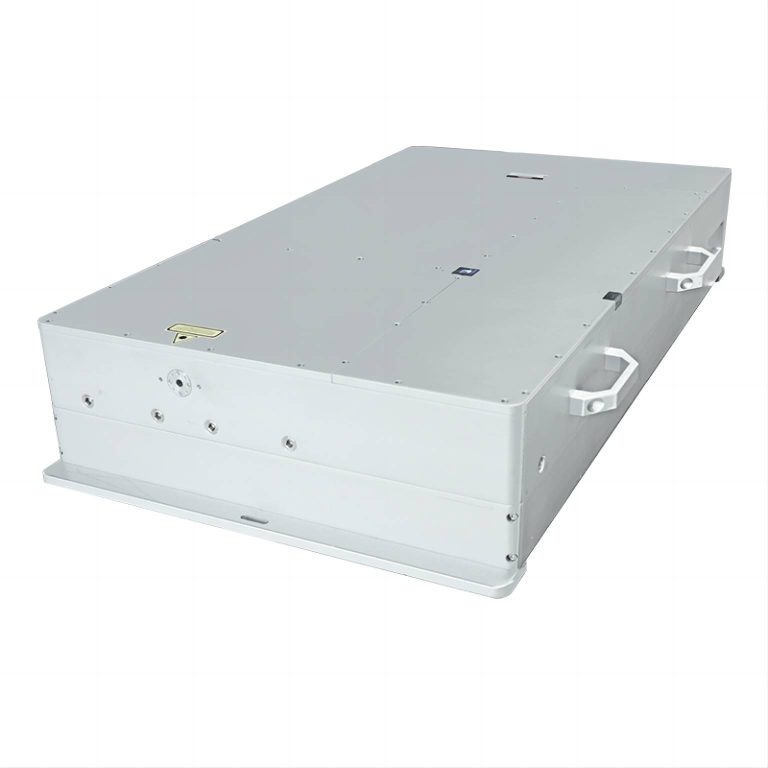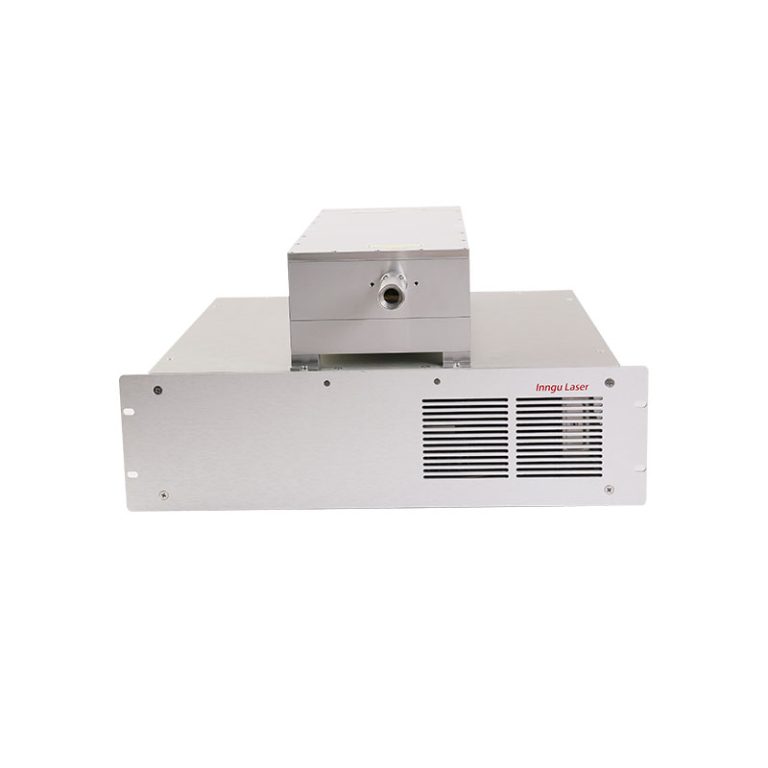In the realm of laser technology, IR subnanosecond lasers stand as powerful tools pushing the boundaries of precision, speed, and versatility. Emitting infrared light pulses lasting less than a nanosecond, these lasers operate in the subnanosecond domain, providing ultrafast and precise energy delivery critical for various scientific, industrial, medical, and research applications.
Understanding IR Subnanosecond Lasers
IR subnanosecond lasers belong to the category of ultrafast lasers characterized by their ultra-short pulse duration, typically shorter than one billionth of a second. Operating in the infrared spectrum, these lasers emit light with wavelengths longer than visible light, usually in the range of 700 nanometers to 1 millimeter.
Key Components and Operational Characteristics
- Pulse Duration: IR subnanosecond lasers emit pulses with durations shorter than one nanosecond. The ultrafast pulses enable precise material interaction, cutting-edge research, and innovative applications across various fields.
- High Peak Power: Despite their brief duration, these lasers exhibit high peak power, allowing for intense energy delivery within a very short timeframe. This characteristic contributes to their effectiveness in various applications requiring strong and precise energy delivery.
- Wavelength Range: Operating in the infrared spectrum, these lasers offer advantages in terms of material penetration and interactions. Their longer wavelengths facilitate deeper tissue penetration in medical applications and specific material processing advantages in industrial settings.
Applications in Scientific Research
Ultrafast Dynamics in Physics and Chemistry
IR subnanosecond lasers play a pivotal role in investigating ultrafast phenomena in physics and chemistry. Researchers harness these lasers to study molecular dynamics, chemical reactions, and ultrafast processes occurring within femtoseconds or picoseconds, providing insights into fundamental scientific principles.
Quantum Science and Photonics
In the realm of quantum science and photonics, IR subnanosecond lasers contribute significantly. They aid in the development of quantum technologies, quantum computing components, and photonics research by manipulating matter at extremely short timescales, advancing the frontiers of quantum mechanics and photonics.
Industrial and Material Processing Applications
Advanced Manufacturing and Micromachining
Precision Machining
IR subnanosecond lasers excel in precision machining, allowing for the fabrication of intricate components in industries like aerospace, automotive, and electronics. Their ultrafast pulses enable precise material removal with minimal heat-affected zones, resulting in high-quality and accurate machining of various materials, including metals, ceramics, and polymers.
Microelectronics and Semiconductor Processing
In the microelectronics industry, these lasers play a critical role in semiconductor processing and microstructure. They aid in precise material ablation, etching, and patterning at nanometer scales, facilitating the production of advanced microchips and electronic devices.

Laser Ablation and Surface Engineering
Surface Modification
IR subnanosecond lasers are utilized for surface engineering applications, including surface texturing, structuring, and modification. These lasers can alter surface properties like roughness, wettability, and adhesion, enhancing material performance in industries such as automotive, aerospace, and biomedical engineering.
Thin Film Removal and Cleaning
The precision and controlled energy delivery of these lasers make them effective tools for removing thin films and contaminants from various surfaces. They find applications in cleaning delicate surfaces and preparing substrates for subsequent processing steps in manufacturing and research.
Laser-Based Additive Manufacturing
Laser Sintering and 3D Printing
IR subnanosecond lasers contribute to additive manufacturing techniques like selective laser sintering (SLS) and 3D printing. By selectively sintering or melting powdered materials layer by layer, these lasers enable the production of complex and high-precision 3D-printed parts in industries ranging from automotive to healthcare.
Medical and Biomedical Applications
Laser Surgery and Tissue Ablation
In the medical field, IR subnanosecond lasers offer opportunities for minimally invasive surgeries and precise tissue ablation. Their ability to deliver controlled and focused energy enables surgeons to perform delicate procedures with high precision and minimal damage to surrounding tissues, revolutionizing various surgical interventions.
Diagnostic and Therapeutic Tools
These lasers contribute to diagnostic and therapeutic tools in healthcare. They aid in imaging techniques, drug delivery systems, and photothermal therapy, providing clinicians with innovative methods for disease diagnosis, treatment, and research in biomedical sciences.
Future Prospects and Developments
The future of IR subnanosecond lasers holds promise for continued advancements across various disciplines. Ongoing research aims to enhance laser performance, optimize beam quality, explore new materials, and reduce system costs, making these lasers more accessible and versatile for widespread applications.
Conclusion
IR subnanosecond lasers represent a pinnacle of precision and speed in laser technology, driving advancements across scientific, industrial, medical, and research domains. Their ultrafast dynamics open doors to unprecedented levels of precision in material processing, scientific exploration, medical interventions, and technological innovations.
As research and development in laser technology progress, the dynamics of IR subnanosecond lasers continue to unravel new opportunities, shaping the landscape of cutting-edge advancements and revolutionizing our capabilities in understanding the fundamental aspects of science and engineering.
In conclusion, the exploration of IR subnanosecond lasers represents a frontier in ultrafast laser technology, offering limitless potential for transformative breakthroughs across diverse fields, revolutionizing industries, fostering scientific discoveries, and advancing human knowledge to new heights.


